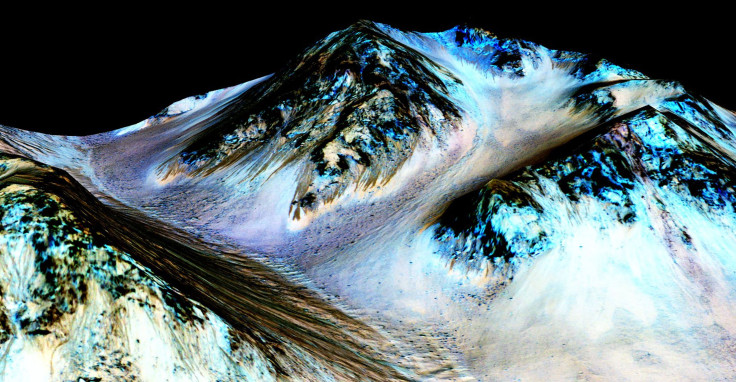Top scientific discoveries of 2015 that even a layman can admire

2015 has been a year of science. There have been groundbreaking discoveries across numerous scientific fields though people had their curiosity tickled most by the space and medicine discoveries. From finding water on Mars to discovering the first new antibiotic in 30 years, our scientists have delighted us in many ways. The discoveries have paved the way for more incredible discoveries and everybody is looking forward to this brand new year, 2016, for more path-breaking scientific research and discoveries.
Here are the top scientific discoveries of 2015 that even the non-science guys can appreciate.
Discovery of first new antibiotic in 30 years
Although the fear of the bacteria containing the mcr-1 gene resistant to all forms of antibiotic is spreading, scientists, earlier in 2015, discovered the first new antibiotic Teixobactin. It can be used to treat infections, such as septicaemia and tuberculosis within the next 5 years.
Homo Naledi: The new human ancestor
In March 2015, Daily News reported that a graduate student State University discovered a human jawbone in Ethiopia that dates back to 2.8 million years ago and which is 400,000 years before the next oldest fossil human remains. In September, scientists announced the discovery of a previously unknown human ancestor, “homo naledi,” found in a cave in South Africa. It’s the largest collection of single species found in Africa.
Water on Mars
Year 2015 gave us a definitive answer as to whether there is water on Mars or not. NASA, in September, confirmed in a press release that they have enough evidence that liquid water flows on today’s Mars. The discovery makes the presence of living organisms on the planet possible.
The Bionic lens
After eight years of research and development and spending $3 million, Dr. Garth Webb, optometrist and CEO of Ocumetics Technology Corp. developed a bionic lens that can provide patients eyesight three times better than 20/20 vision.
“If you can just barely see the clock at 10 feet, when you get the Bionic Lens you can see the clock at 30 feet away,” Dr. Webb said, reported Medical Daily.
Kepler-452b - second home for human race
NASA, in July, stated in a press release that its Kepler mission has found an exoplanet that they named Kepler-452b which is strikingly similar to our home planet Earth. It was even dubbed “Earth 2.0” due to its similar characteristics. It has the same year length and the same orbit size around the same kind of star. Although it is 1,400 light years away, scientists are extremely hopeful on the prospect of life on the planet.
These are only some of the many discoveries of 2015. Others such as first manmade leaf, first laboratory grown human muscle, the HIV vaccine, OpenAI and Pluto New Horizons Flyby were equally mind-boggling.




















